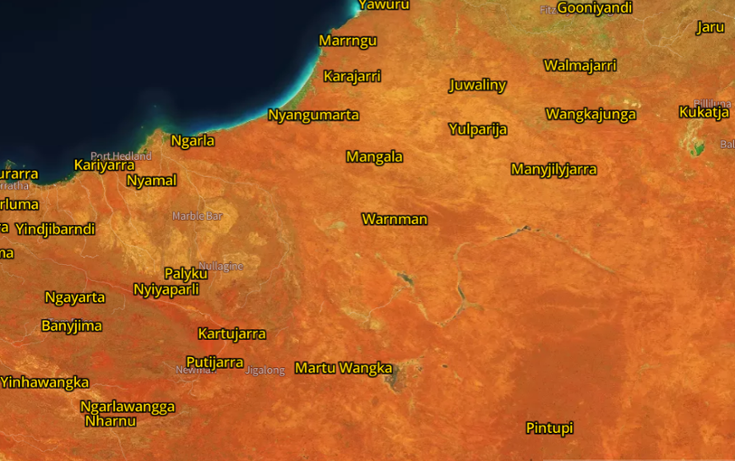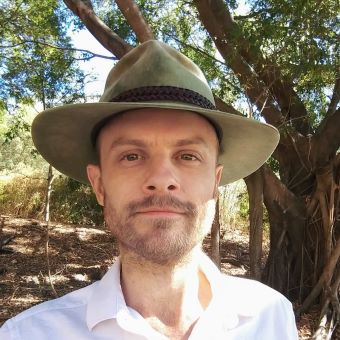By Alex Bowen, Linguist and Trainer, Aboriginal Interpreting Western Australia; PhD Student, University of Melbourne
Aboriginal Interpreting Western Australia (AIWA) recently worked with the Western Australia Police Force to develop an app which could signal a new direction in communication with Aboriginal people who are arrested. The app, which police have on their phones, delivers information about rights in custody in WA Aboriginal languages and in ‘plain English’.
 AIWA provides interpreters in WA Aboriginal languages, including ‘traditional’ languages [1] and varieties of Kriol. AIWA is a self-determined organisation governed by Aboriginal people and born out of the need for meaningful two-way interactions in health and justice. [2] Interactions with police can have serious consequences for Aboriginal people. [3]
AIWA provides interpreters in WA Aboriginal languages, including ‘traditional’ languages [1] and varieties of Kriol. AIWA is a self-determined organisation governed by Aboriginal people and born out of the need for meaningful two-way interactions in health and justice. [2] Interactions with police can have serious consequences for Aboriginal people. [3]
This project was originally about producing a poster, then it became a ‘talking’ poster, and finally an app with recordings. This is an example of how intercultural translation is rarely straightforward and sometimes we completely reconsider what form will be most effective.
 We also work in ‘plain English’ to unpack information for Aboriginal audiences, before translating it.
We also work in ‘plain English’ to unpack information for Aboriginal audiences, before translating it.
For example, the first line of the recording is ‘The Police think that maybe you broke the government law.’ [4] This might seem obvious when police arrest someone. But longstanding miscommunication about the Australian legal system means we need to make more context explicit and explain information in careful steps. We refer to ‘government law’ to distinguish it from Aboriginal laws, which are fundamental for many Aboriginal people but routinely ignored by the mainstream legal system.
This ‘plain English’ unpacking was checked with police (who retain responsibility for the message), interpreters (who know the audience) [5] and an Aboriginal mental health expert.
But even the best translation of information is not enough. Good communication is also about relationships. Playing a recording about police custody in a language someone understands [6] does not dispel the power dynamic and guarantee that everyone will be comfortable and empowered to communicate.
In the past, Aboriginal languages have often been invisible, and suppressed. Putting them front and centre in this app might show that police are working to communicate with Aboriginal people on their own terms.
Of course, the app is not a replacement for working with interpreters. It helps police to identify someone’s strongest language. It has AIWA on speed dial so police can book an interpreter in that language. This is how two-way communication can happen.
We hope the app will be used and improved, and be part of cultural change in police interactions with Aboriginal people.
[1] Gambay and First Languages Australia are working with regional language centres to develop a map of Aboriginal and Torres Strait Islander languages that reflects the names and groupings favoured by community.
[2] See aiwaac.org.au.
[3] https://www.theguardian.com/australia-news/2021/apr/09/the-474-deaths-inside-rising-number-of-indigenous-deaths-in-custody-revealed.
[4] This language draws on previous translation work from the Northern Territory: https://cmc.nt.gov.au/aboriginal-affairs/aboriginal-interpreter-service/aboriginal-language-police-cautions-aboriginal-interpreter-service.
[5] For more analysis of some complexities of this kind of translation, see Bowen, A. (2021). Intercultural translation of vague legal language: The right to silence in the Northern Territory of Australia. Target. International Journal of Translation Studies, 33(2), 308–340. https://doi.org/10.1075/target.19181.bow.
[6] App screenshot is a frame from The Project (Channel 10, 24 August 2021) https://fb.watch/7ABUs-JPP4/.
